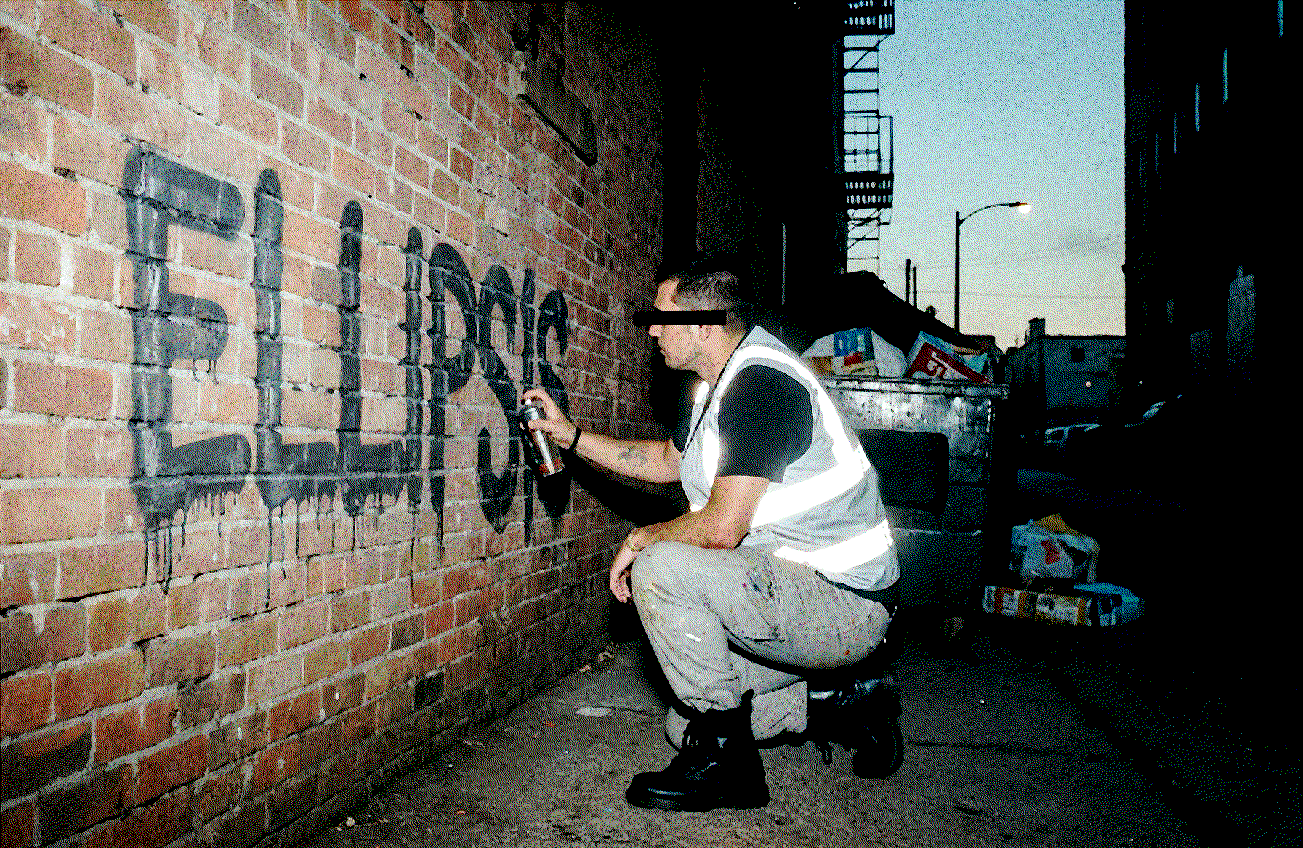We’re excited to introduce you to the always interesting and insightful Roan Hesse. We hope you’ll enjoy our conversation with Roan below.
Hi Roan, thanks for joining us today. Can you open up about a risk you’ve taken – what it was like taking that risk, why you took the risk and how it turned out?
Not too long ago, I felt disconnected from my creative path, drifting away from the sense of purpose I’d built during art school. Graduating as an art student can be disorienting: you leave behind an environment built around curiosity, resources, and collaboration, and suddenly face a fast-moving world that measures success differently.
After graduation, I spent time exploring different kinds of work from hospitality to hands-on trades, while continuing to create prints and analog photographs at home. Those experiences taught me discipline and perspective, but I still sensed I wasn’t living the creative life I envisioned. I tried to stay active in the local arts community, attending gallery nights and collaborating when possible, yet I still felt a quiet disconnection growing.
Around that time, two close friends from college, Hande and Berk, were also navigating similar creative crossroads. We’d collaborated many times during school and shared the same belief that design and visual storytelling could carry meaning and emotion. After reconnecting and reflecting on how aligned our goals still were, we began discussing the idea of working together again — not as a short-term project, but as a way to build something sustainable and creatively independent.
Eventually, I moved to where they lived in Nevada, where we had begun developing Ellipsis Creative Studio, a platform to merge cinematic production, design, and experimental storytelling. What started as a conversation about shared ideas evolved into an opportunity to take a genuine leap of faith. It wasn’t an easy decision; moving away from my familiar surroundings to pursue something new was daunting. But it also felt like the right risk, one that aligned with the person I wanted to become.
The transition was humbling. I had to learn quickly, both on the creative and operational sides of production. At times, imposter syndrome crept in, I was surrounded by people I deeply respected for their experience and skill. But rather than let doubt win, I focused on absorbing as much as I could and contributing wherever possible.
That decision to step outside my comfort zone paid off sooner than expected. Within a few weeks, our small team successfully executed our first full-scale commercial shoot, something we accomplished through sheer collaboration, long hours, and creative problem-solving. Watching the sun set over the Las Vegas Valley after wrapping that project, I felt the kind of fulfillment that only comes from choosing the difficult path.
What I’ve learned is simple:
• Trust your collaborators. Growth happens when you surround yourself with people who challenge and support you.
• Lean into discomfort. The moments that feel most uncertain often lead to the most meaningful outcomes.
• Take the risk anyway. Even if you fail, the act of trying transforms you.
If there’s one thing I hold onto now, it’s that stability is less important than staying true to what drives you. I’d rather take the uncertain road that leads to discovery than the comfortable one that leads to regret.
Great, appreciate you sharing that with us. Before we ask you to share more of your insights, can you take a moment to introduce yourself and how you got to where you are today to our readers.
My journey into cinema and visual storytelling began unexpectedly: when my friend Hande asked me to help her build a rocket. She was the art director for a student thesis film, and I didn’t know it then, but that invitation would completely change how I saw the world. Being on a set for the first time, watching an idea transform into light, sound, and movement, felt like discovering a language I’d always wanted to speak. From there, Hande, her partner Berk, and I kept creating together, chasing that feeling of turning imagination into something tangible. Over time, that collaboration evolved into Ellipsis Creative Studio: a small, independent collective built on curiosity, precision, and trust.
What makes our dynamic special is how naturally we complement one another. Each of us brings a different understanding of visual storytelling, design, and production—and that overlap is what keeps our work agile and cohesive. We take a fully hands-on approach, from concept to post, mastering every stage of the process to produce visuals that are thoughtful, cinematic, and distinct from the conventions of commercial media.
At Ellipsis, we craft high-quality visual narratives for forward-thinking partners: projects that merge technology, design, and emotion. Every frame becomes a dialogue between analog craft and digital possibility, between experimentation and control.
What keeps me inspired is the energy between us, a shared drive to build something meaningful from limited means, and to create images that don’t just look good, but feel alive.
For you, what’s the most rewarding aspect of being a creative?
For me, there are a lot of rewarding aspects of being a creative, but the two biggest are being inspired and inspiring others. I’ve always been a pretty introverted person; I tend to keep to myself when I’m out. For a long time, I used my camera almost like a safety net. It gave me a way to engage with people while still keeping a bit of distance, or a way to disappear if I needed to. It’s funny how easy it is to redirect attention when there’s a lens involved.
When it comes to being inspired, I think we sometimes overcomplicate it. We live in an age where there’s an infinite amount of reference material and art online, and while that can be amazing, I realized at some point that I was drawing more from images than from life. My work started to feel more like a reflection of other aesthetics rather than something personal.
During the pandemic, when everything slowed down, I took a step back from social media and started processing a lot of what I was feeling through my own work. That period helped me understand that inspiration doesn’t always have to come from beauty, it can come from discomfort, confusion, or moments that challenge you. If something leaves an emotional mark, it’s worth exploring, and that connection will only grow stronger the more you invest in self-reflection with it.
On the flip side, there’s something really powerful about inspiring others. Sharing what you know — your process, your perspective — can help someone else unlock something in their own work. That exchange, that creative conversation, keeps things alive, not only for the practice or others, but for yourself as well. Even when you’re in a creative rut yourself, being part of that ongoing cycle of inspiration is what makes being an artist so meaningful to me.
Is there mission driving your creative journey?
Our mission has always been to bridge art, design, and storytelling, aiming to blur the lines between what’s considered commercial work and what’s considered cultural or artistic. We’re really fascinated by how visuals can shape emotion, memory, and identity, and we try to create work that moves fluidly between those worlds—whether that’s a brand campaign, an editorial project, or something more experimental.
Over time, that’s naturally led us toward the idea of producing our own films and shorts. It’s something we’ve always wanted to do, that is, tell stories with the same visual depth and emotional intent as our client work, but in a more personal, expressive way. We see it as an extension of what we already do: using design and storytelling to explore human experience, connection, and meaning.
At the end of the day, our creative journey is really about making work that feels timeless and intentional, something that resonates on a deeper level. Something that we can be proud to put our names on & share with the world, no matter what form it takes.
Contact Info:
- Website: helloellipsis.com
- Facebook: https://www.facebook.com/ellipsiscreativestudio
- Youtube: @ellipsiscreativestudio
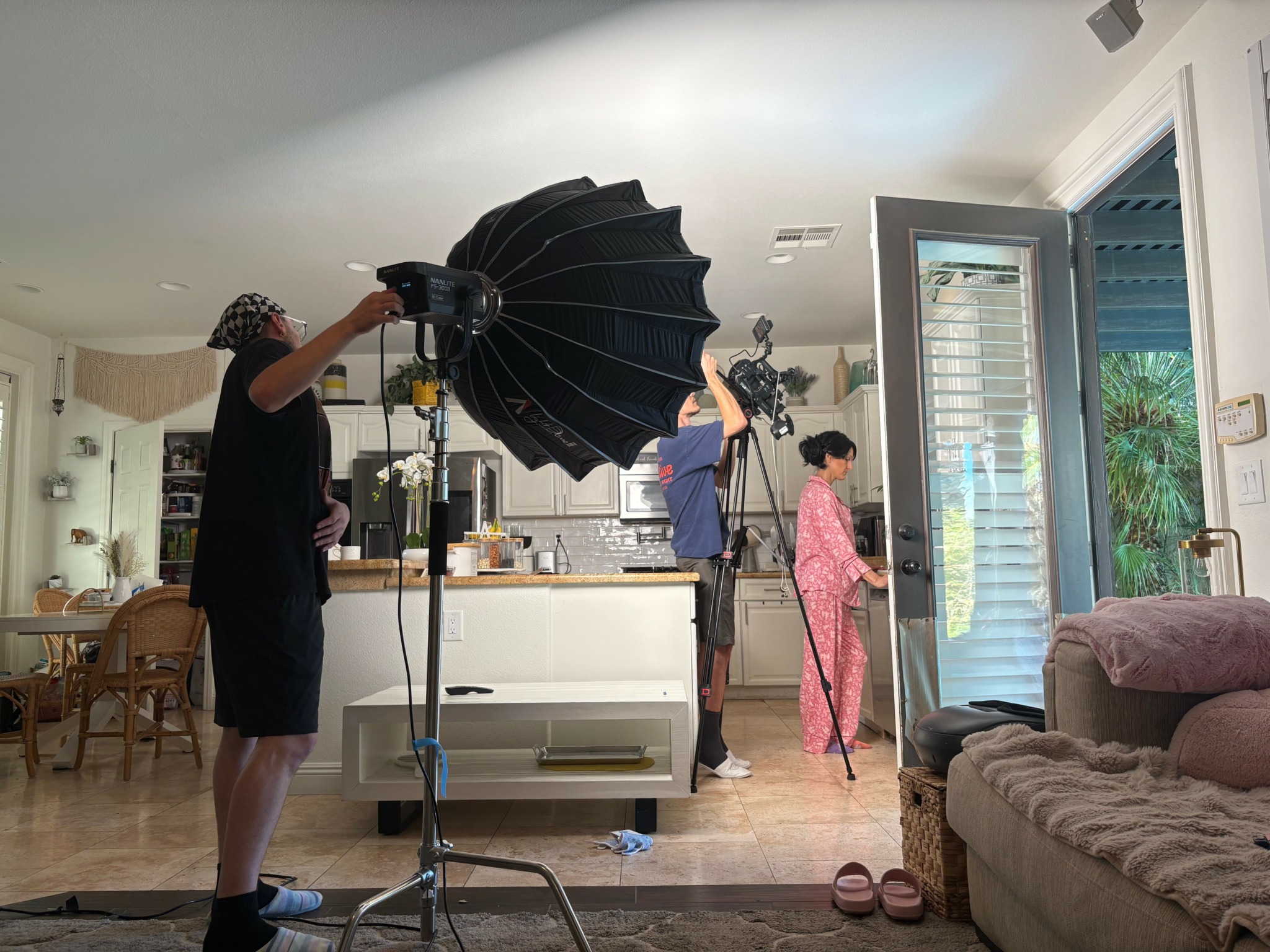

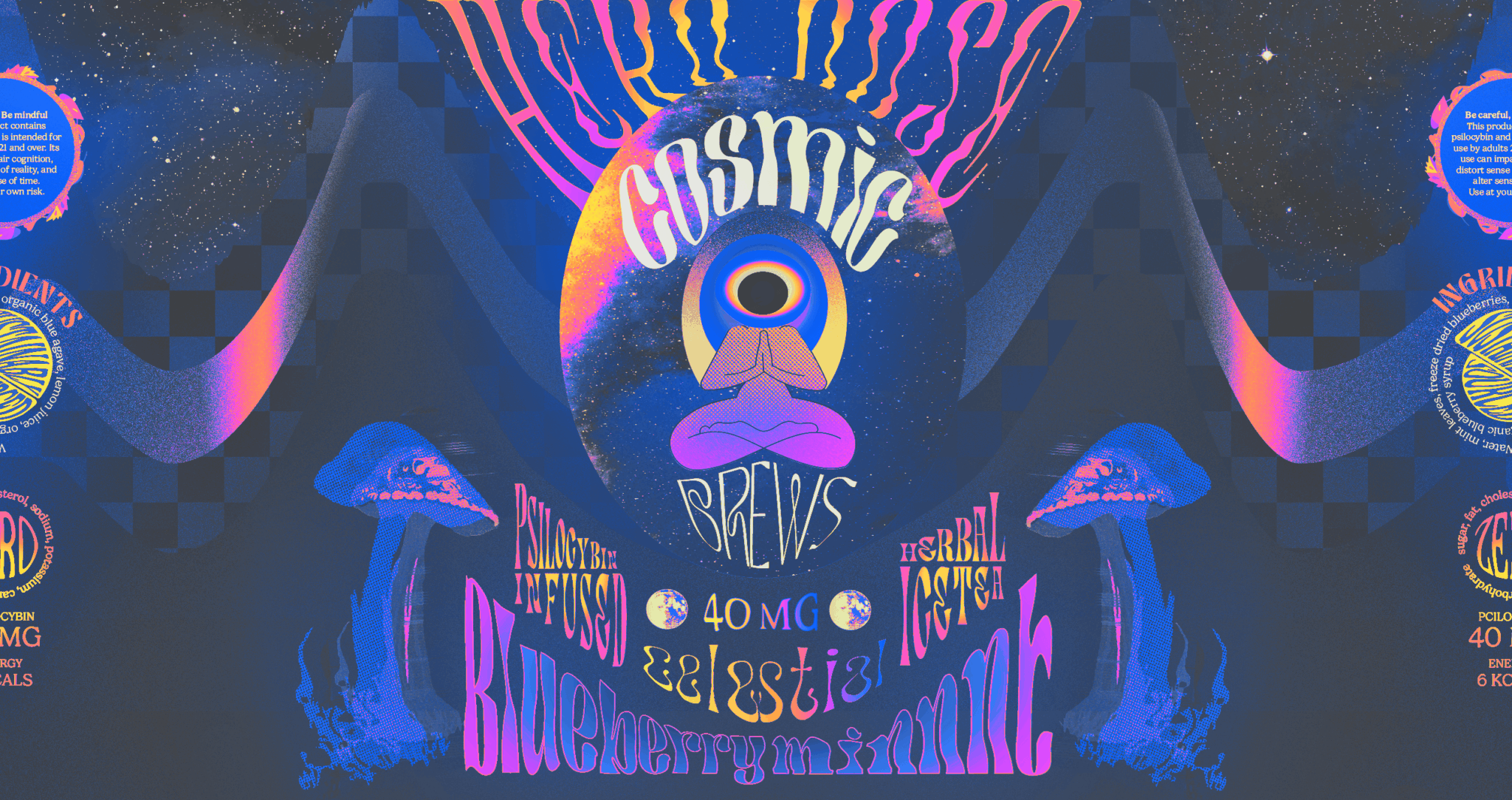
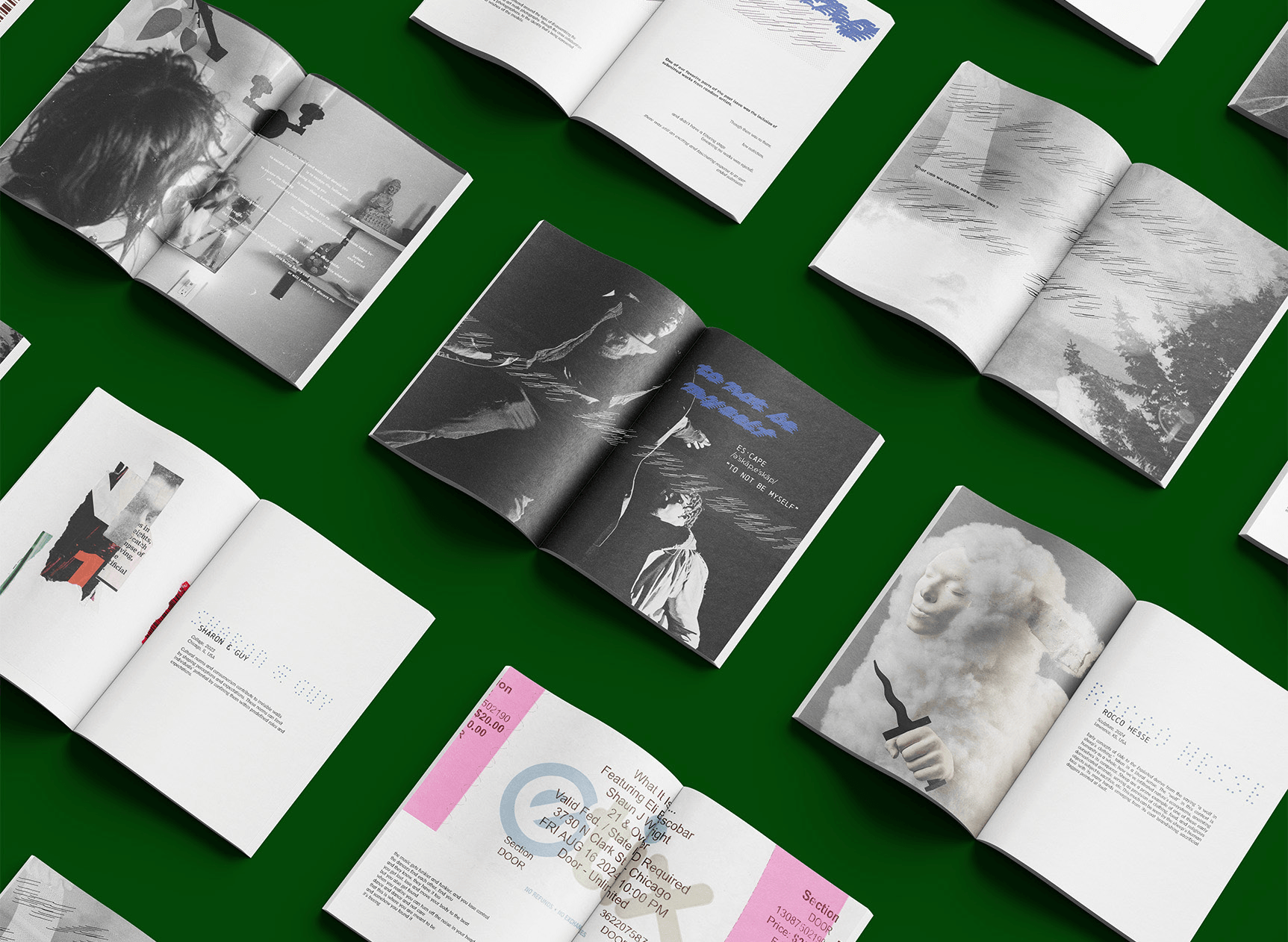

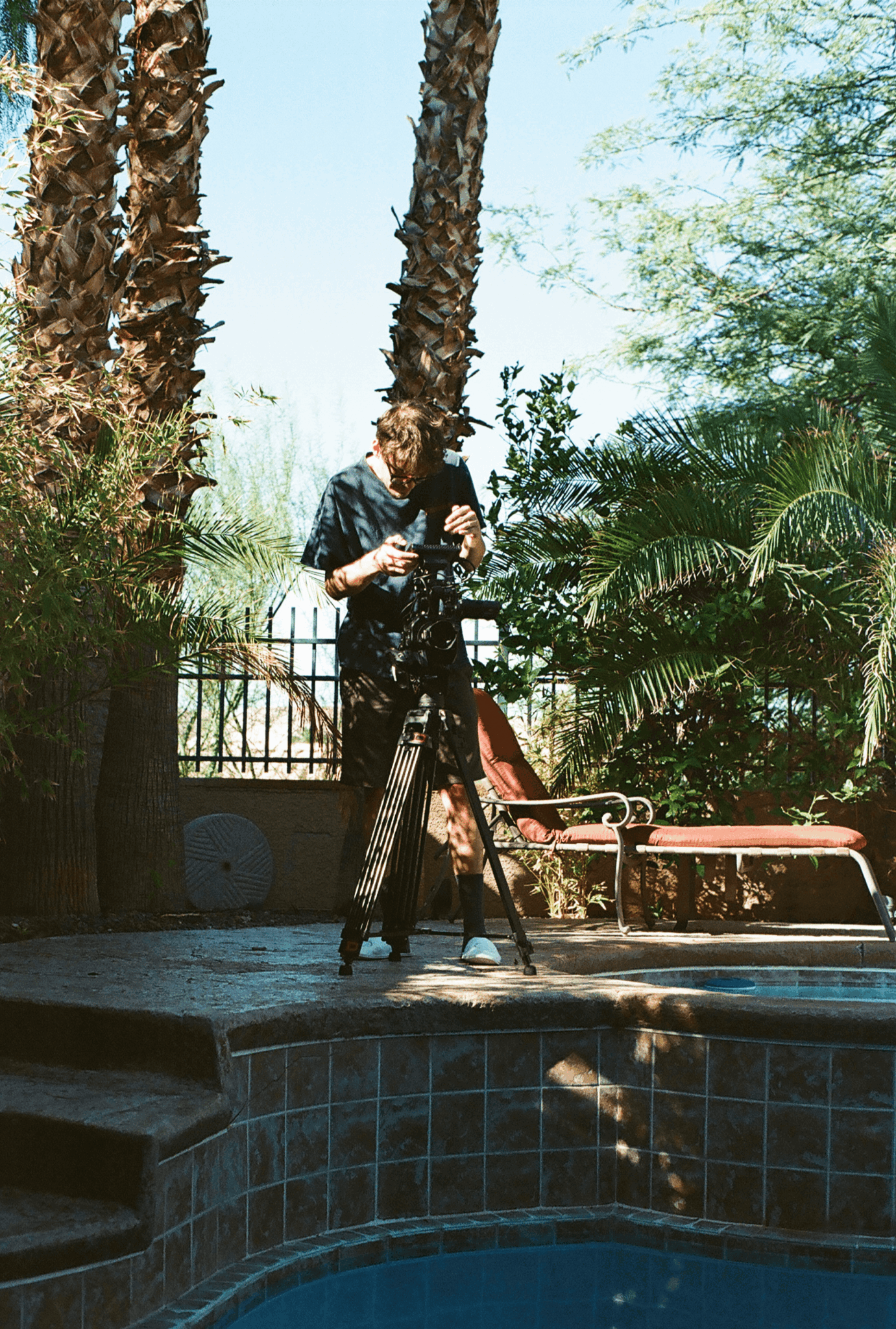
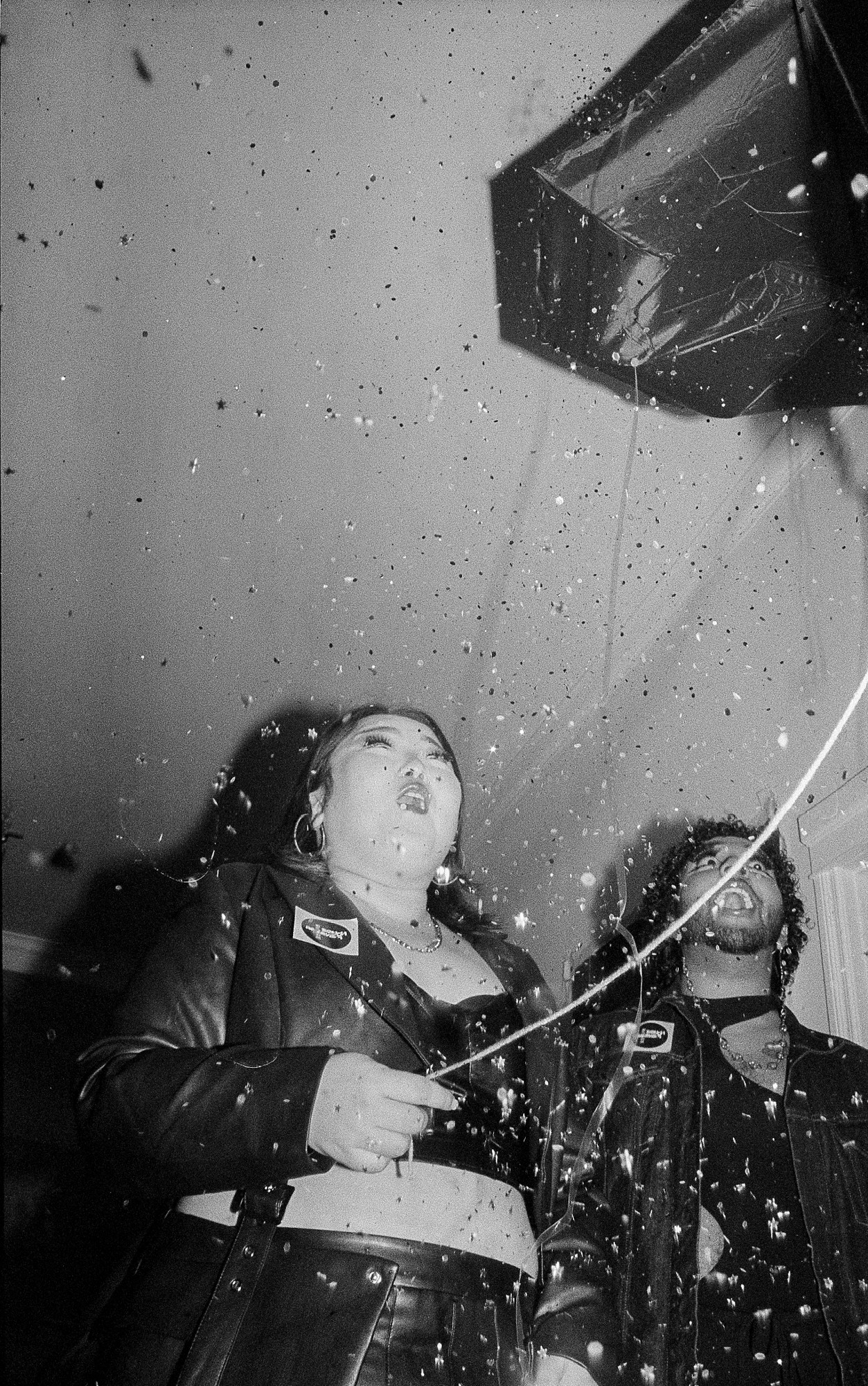
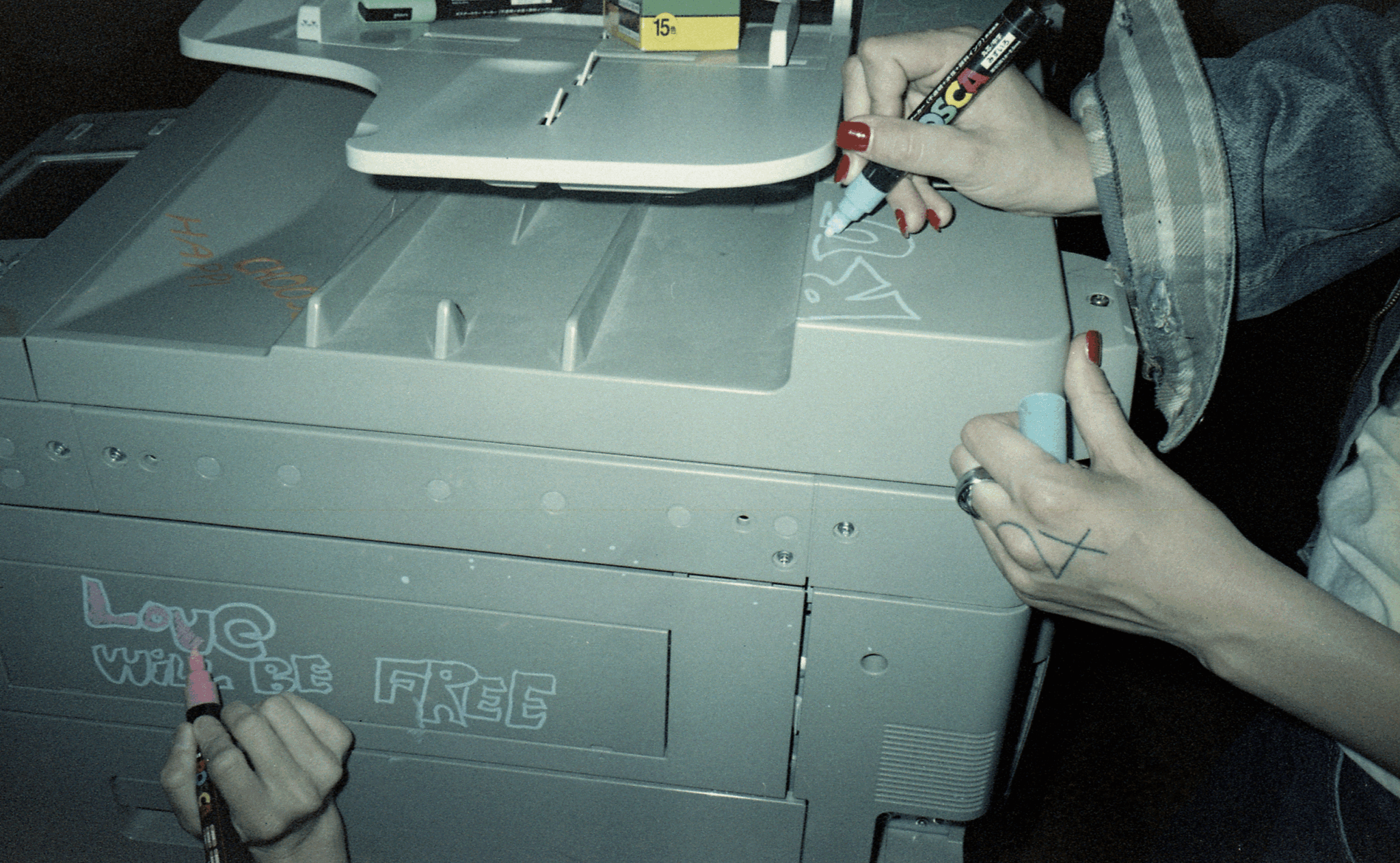
Image Credits
Hande Degirmenci, Berk Ozcan, Roan Hesse


